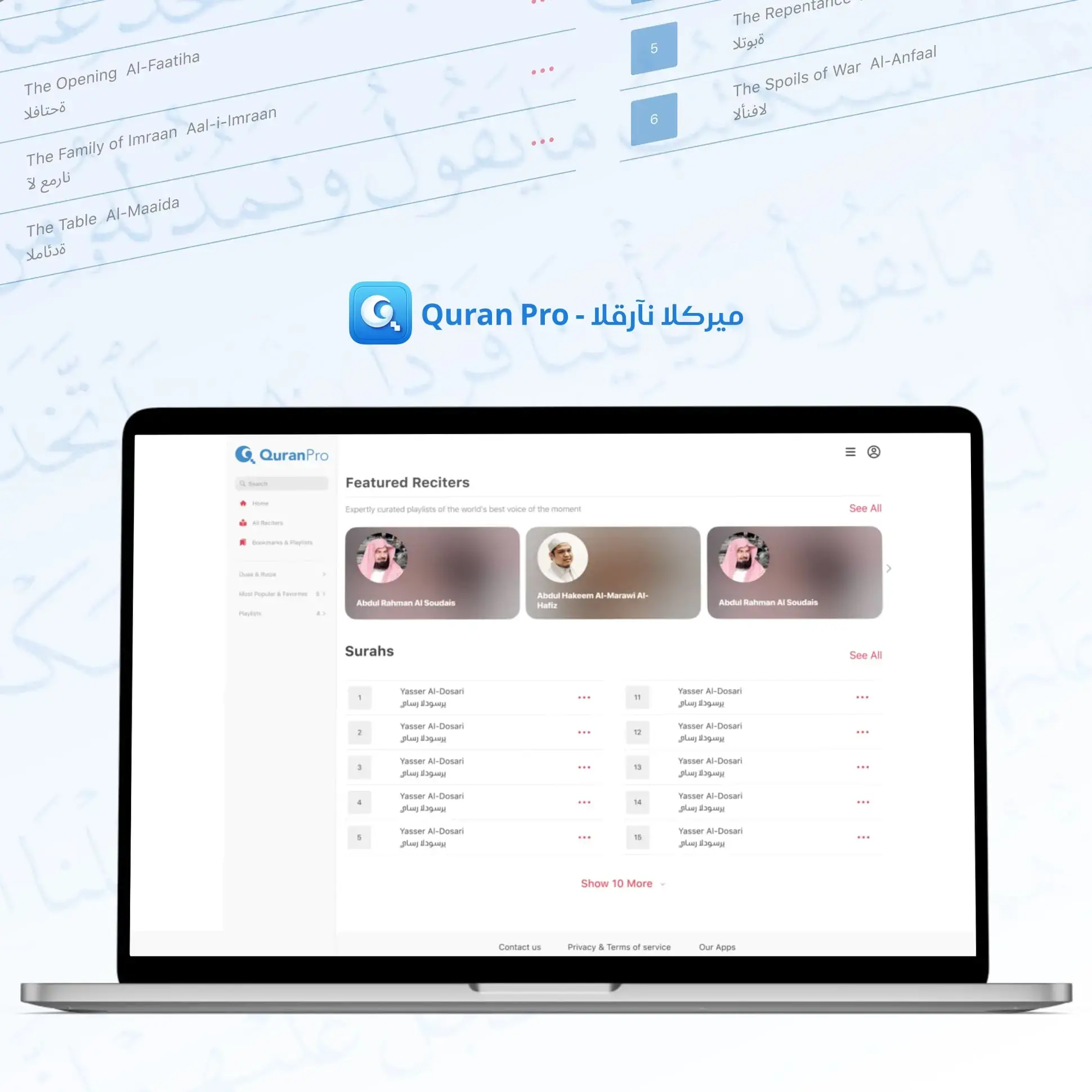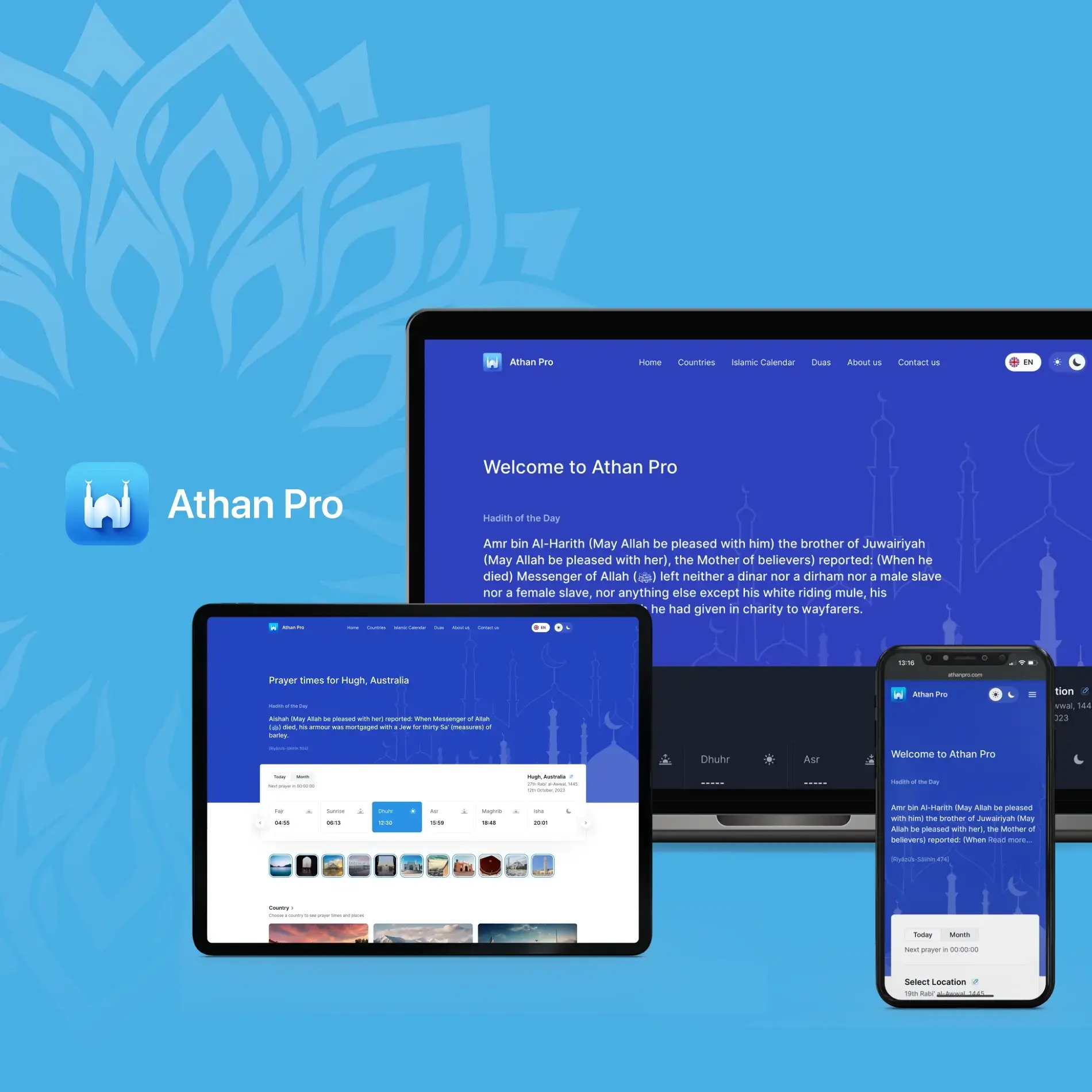
- Healthcare Software
- Project Estimation
- Project Management
Revenue Cycle Optimization in Healthcare: Eight Ways for Your Business
Maximize your earnings and streamline workflow in your hospital with revenue cycle optimization. Learn how to make billing and payouts hassle-free and quick.
June 25, 2024 | Updated on November 24, 2025 | 10 min

Alex Padalka
CEO and Co-founder at JetBase
Table of Contents
- What Is Revenue Cycle Optimization in Healthcare?
- The Importance of Revenue Cycle Optimization
- How Automation and AI Enhance Revenue Cycle Optimization
- COVID-19's Influence on Revenue Cycle Optimization
- Key Components of Revenue Cycle Management
- Common Challenges in Revenue Cycle Management
- Best Practices for Revenue Cycle Optimization
- Measuring the Success of Revenue Cycle Optimization
- Healthcare Revenue Cycle Optimization Costs
- FAQ
Our Cases
Innovation isn’t just about ideas - it’s about execution, turning vision into reality, and creating solutions that truly make an impact. See what we’ve built and how it works:
- HealthCare
- Media & Entertainment
- eCommerce
- Amazon Web Services
- Cloud Cost Optimization
- Serverless Application
- Retail
- HealthCare
- Media & Entertainment
- eCommerce
- Amazon Web Services
- Cloud Cost Optimization
- Serverless Application
- Retail












